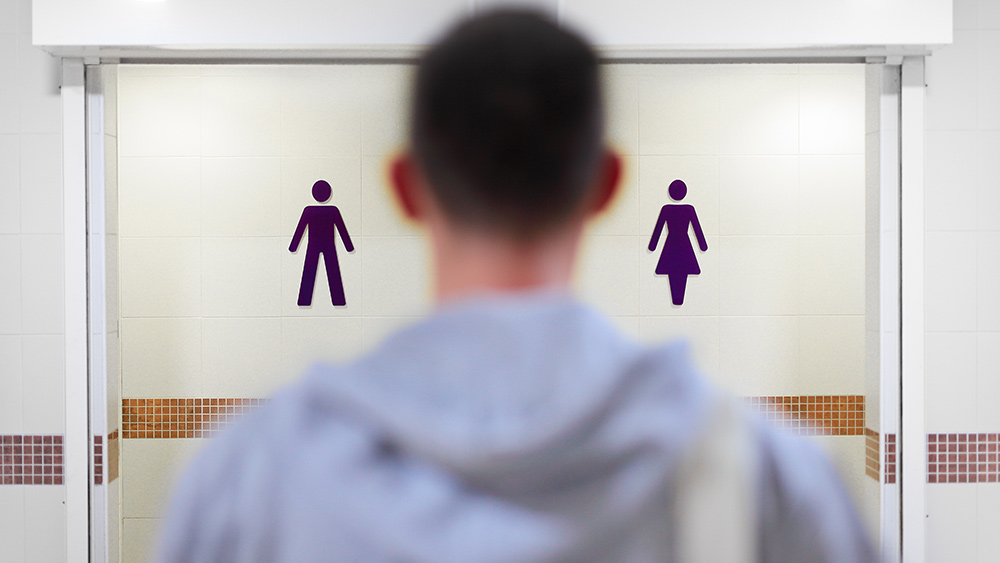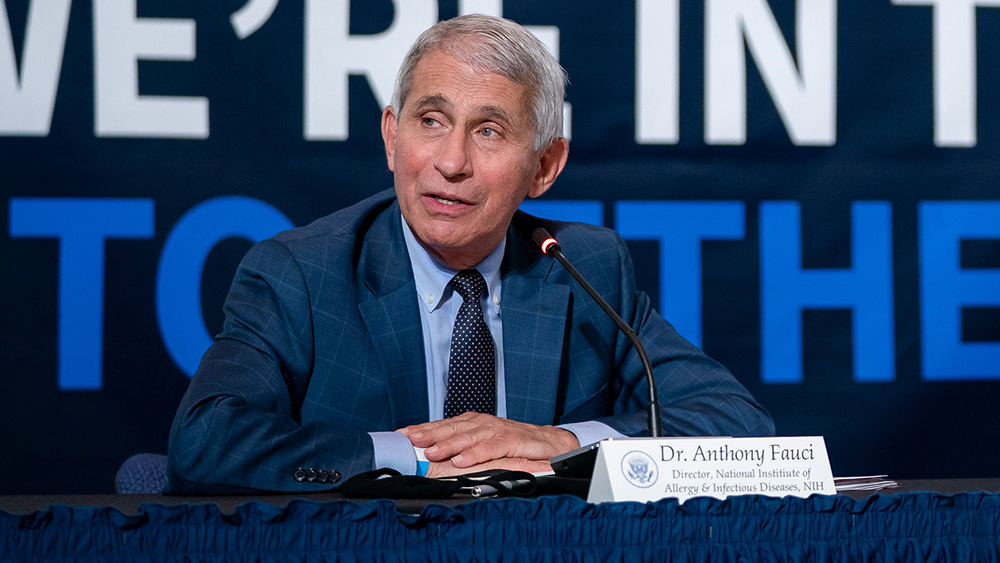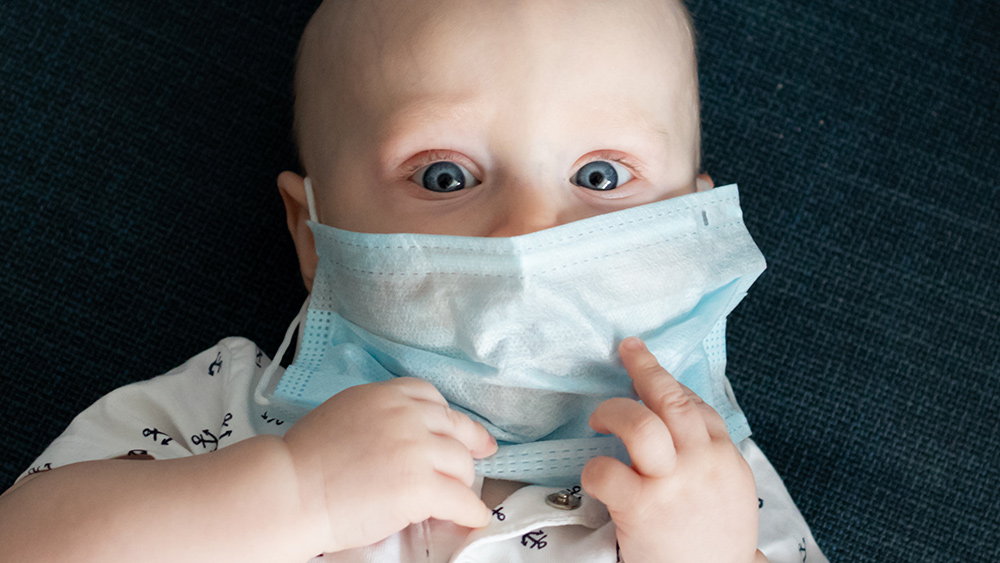Asbestos continues its menacing attack on a global scale
12/04/2016 / By JD Heyes

Despite what is essentially a global ban on its use, along with a concerted effort to get rid of it, asbestos – once touted as a safe fire retardant – still plagues much of the world, and continues to cause cancer.
As reported by Chemical and Engineering News, Serafina Salucci remembers growing up in suburban Sydney, Australia, and, as a 7-year-old, playing with white wall sheeting materials that were left over from her father’s renovation of the family’s garage. She recalls using it like chalk to write on the driveway, and even tossed small pieces of it back and forth with her brothers.
Salucci didn’t realize at the time that the sheeting held carcinogenic asbestos fibers that would later be blamed for her mesothelioma, an incurable cancer that attacks the lining of the lungs.
Doctors diagnosed Salucci with the disease in 2007 – fully three decades after her likely exposure. But, fortunately for her, she has outlived her doctors’ prognosis and now she spends much of her day building awareness of mesothelioma and the cancer threat asbestos still poses as it remains part of older buildings: houses, schools, factories and so forth. She knows only too well that if asbestos fibers become airborne, people have an unsafe risk of exposure.
She joined hundreds of others who are attempting to get rid of asbestos all over the world and to help limit people’s exposure at a conference the Australian government held in November. The country banned production and use of asbestos in 2003, but some estimates claim that as many as 33 percent of homes Down Under contain it. In fact, from the 1950s to the 1970s, Australia had a higher use rate of asbestos per capita than any other country in the world.

Salucci is just one of the hundreds of Australians who are diagnosed with mesothelioma annually, Chemical and Engineering News reported. And, like many kids who were growing up with her during the 1960s and 1970s, she had never worked around the fire retardant or participated in home renovations. She was only exposed to asbestos that one time, while playing as a child. That, apparently, was all it took.
Australia and other nations that invested heavily in asbestos use face a great many challenges in attempting to eradicate it from public and private spaces. However, more than 100 other nations have even bigger problems, because they have not yet banned all asbestos use. The United States, Canada and several nations in the Asia-Pacific region still permit at least some use of asbestos, even though it is known to cause mesothelioma and other illnesses.
But that may soon change. Regulators in those countries are facing increasing calls from activists demanding that the fibrous material be banned for all uses. These include environmental organizations, patient advocacy groups and even trade unions, C&E News reported.
Groups like those are currently urging the Canadian government of Prime Minister Justice Trudeau – who just took office last year – to keep a campaign promise and ban further use of asbestos. Meanwhile, in the U.S., there have been some recent changes to existing laws governing the use of commercial chemicals that have prompted anti-asbestos activists to put new pressure on the Environmental Protection Agency to also ban asbestos use (it’s not clear what the incoming Trump administration’s position is on this).
Asbestos became popular for use as a construction material because it has high tensile strength, flexibility and good resistance to chemicals and heat. However, it is these same properties that turn it deadly when its fibers become lodged in human lungs.
Inhaling asbestos has been tied to the increased development of mesothelioma, as well as generalized lung cancers and asbestosis, which is a major scarring of the lungs.
Around the world, some 100,000 people die each year from their occupational exposure to asbestos. In addition, hundreds more die from non-occupational exposure, according to data collected by the World Health Organization.
C&E News reported that Iceland became the very first nation to ban the production and use of all forms of asbestos in 1983. Since that time, more than 50 other countries have adopted a ban as well, according to the International Ban Asbestos Secretariat, an anti-asbestos advocacy group founded in 1999.
In the meantime, one of the best ways to breathe cleaner air in your home or office is to purify it yourself.
Sources:
WHO.int[PDF]
Submit a correction >>
Tagged Under:
asbestos, global problem, mesothelioma
This article may contain statements that reflect the opinion of the author





















